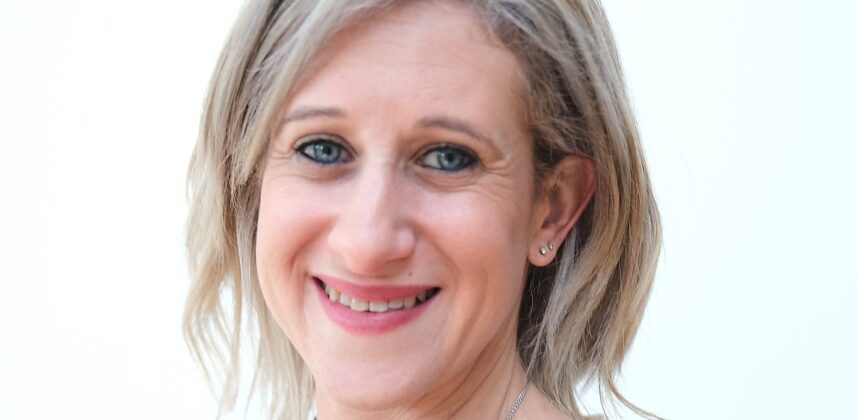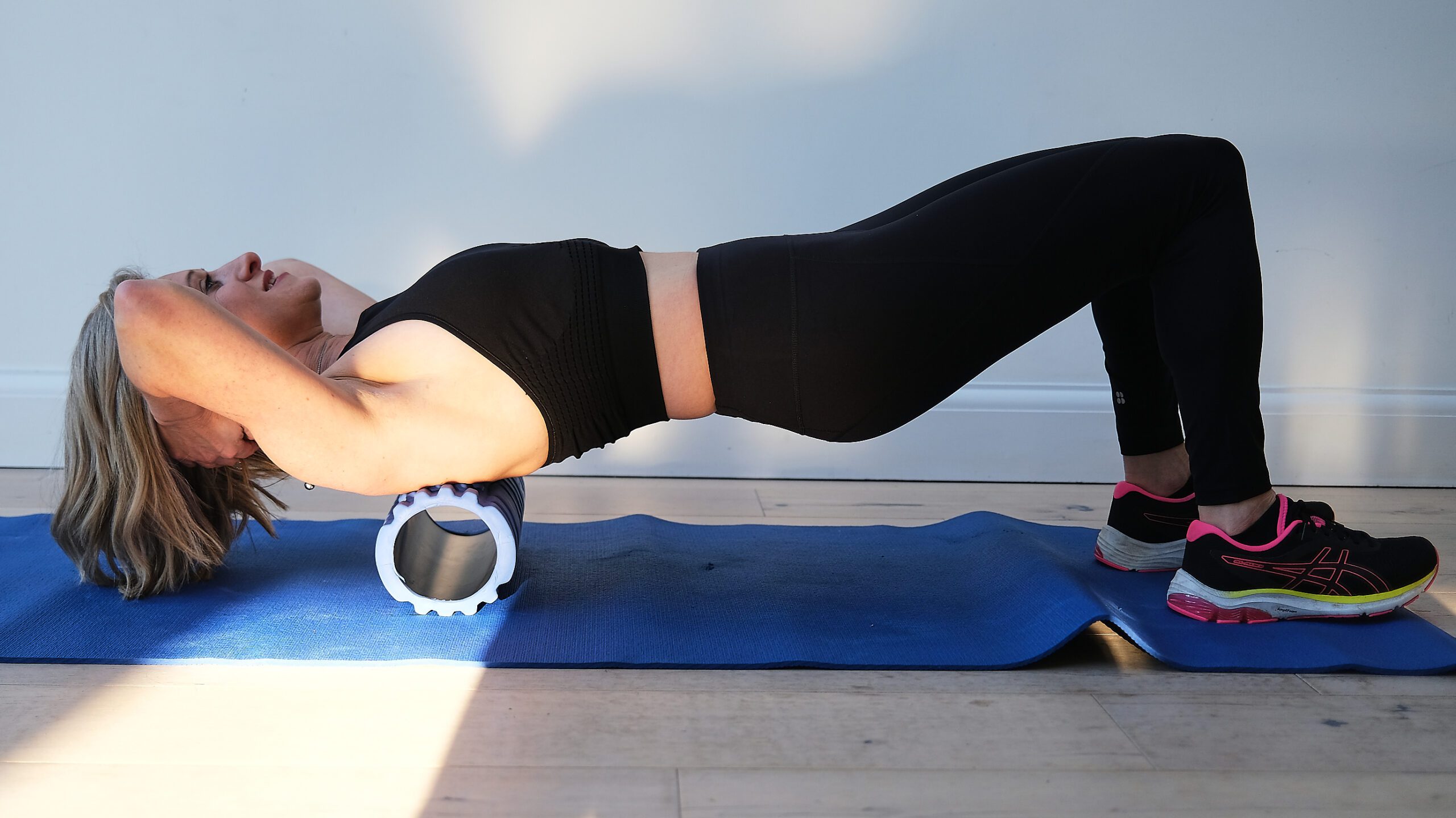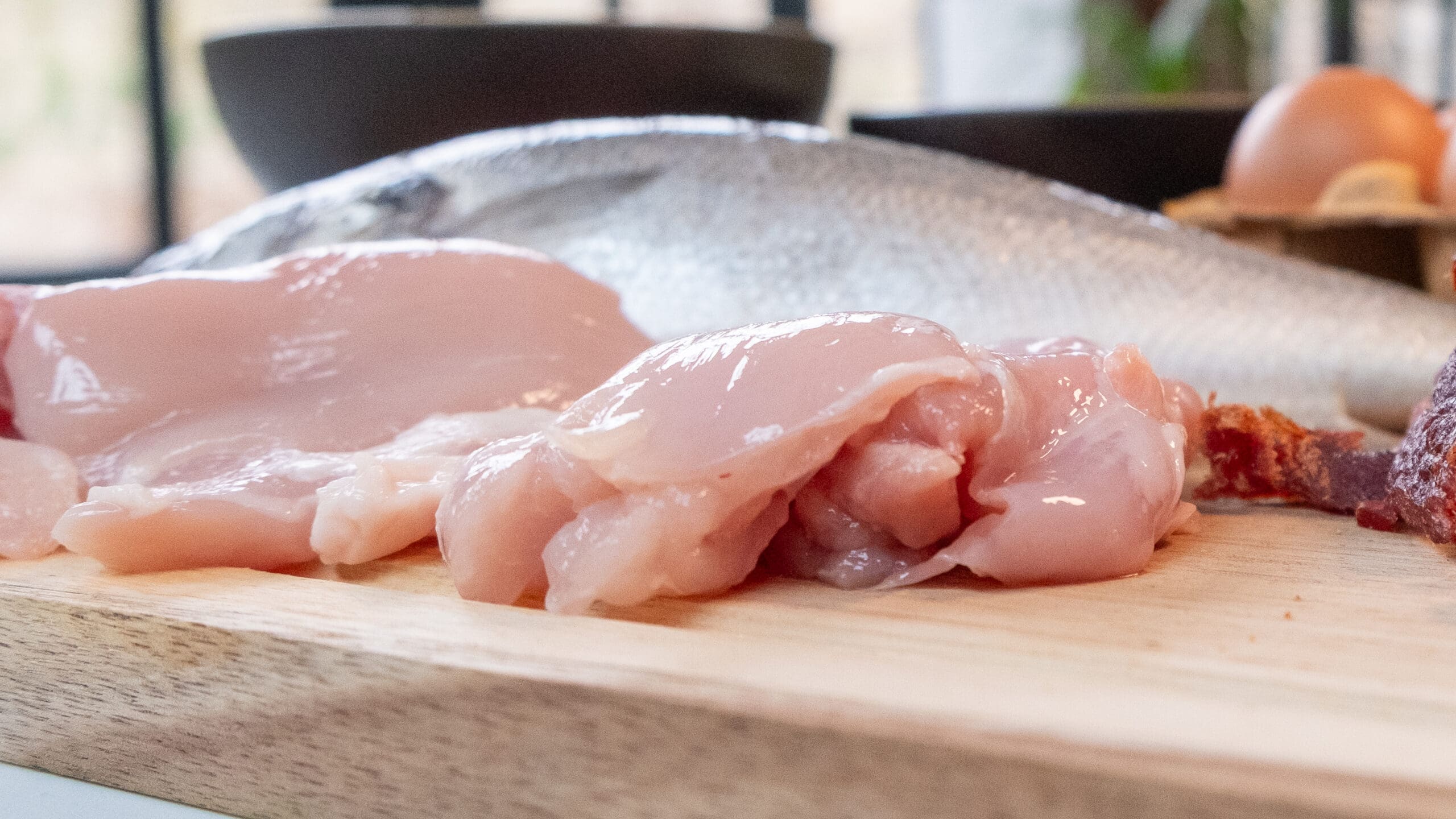If weight-loss jabs help chronic illnesses – use them. Obesity is the real threat
Anna-Louise Dearden, Jodi Montlake | Last update: 18th August 2025
Health coach Jodi Montlake believes focus shouldn’t be on demonising the latest GLP-1 weight-loss drugs, but on tackling the real danger, obesity and the long list of chronic illnesses it fuels. Here she gives us her hints and tips to make the journey as painless as possible

When the pandemic hit, I made a decision to find a healthier, happier version of myself. I studied nutrition, became a certified health coach, upped my strength training, and committed to nourishing my body with the right foods. Today, I sleep better, feel stronger, and have more energy than ever. But I also know that for many, lifestyle changes alone aren’t enough to shift the health risks linked to obesity. That’s why I believe weight-loss drugs can be a vital tool – if they work for you, and if you use them wisely.
Modern sickness
We know that obesity brings heart disease, inflammation, arthritis, osteoporosis, strokes – the list is endless. If these medications can reduce that risk for the right person, then they’re brilliant. I had a client who for five years wasn’t able to go on a train, felt insecure, couldn’t sit on a seat in public – she was mostly at home and not getting out. She’s now able to travel to the other side of the country and live her life. The weight loss drugs have been a game-changer for her, and for those living with obesity. For both mental and physical health.
The marvel of movement
When you’re losing a lot of fat, you’re often losing a lot of muscle as well, so movement is important, but in particular resistance training shouldn’t be overlooked. People need to find a way to consistently challenge their muscles. It doesn’t matter if they’re lifting barbells at the gym or using resistance bands or sometimes their own body weight – a push up or a squat – or fixed machines, or a weighted vest to go walking in.

People need to contract their muscles against a resistance consistently because this creates tiny tears in the muscles, and when they mend, they get stronger. This gives amazing messages to your body, your hormones and your metabolism to build more muscles, and that’s what really helps to grow them and protect your strength whilst you’re losing fat.
Micro changes
Lack of physical movement can lead to risk of osteoporosis, sarcopenia, and, especially as we age – frailty and breaking of bones. Also, by making small meaningful changes, like walking to the shops, it means that if people have to come off the drug, these habits are ingrained, and this can only help them in future.
Elevate your mood
It’s also important to look at the mental impact of doing exercise. You are doing something to benefit your health that is in your control. It’s not just about the drugs.
Exercise goes much more beyond building muscle and protecting your bones and joints from injuries, it’s extremely important for your mood. Movement can improve general feelings of wellbeing and create better eating habits, better sleep, and give someone more focus.
Exercise incentives
If you don’t like doing exercise then you are in the majority. Even I am lazy, unless it’s tennis! I don’t really ever feel like doing exercise, even going for a walk, BUT most people will feel really good afterwards and even if they don’t, they need to remember why they’re doing it in the first place for all the reasons listed above.
If it helps, you can tie your exercise into things like listening to music that you find uplifting, watching a TV programme at the same time, listening to a podcast – it might make the time go quicker, or try doing it with a friend, or in a group, like a team sport. All of that can really help.
 Rewarding yourself after you’ve done exercise NOT with junk food (that’s a mistake), but with something else that’s a treat – a bath, a relax, or a healthy snack.
Rewarding yourself after you’ve done exercise NOT with junk food (that’s a mistake), but with something else that’s a treat – a bath, a relax, or a healthy snack.
Food whilst building muscle and losing fat
We all know one of the key things you should do is protect your muscles by eating sufficient amounts of protein. It’s not just for people who are body builders or athletes, and is really good for everyone because having sufficient quality protein helps our body to grow and repair and rebuild muscle. It helps produce hormones and it really does keep your hair, skin and nails healthy.
So for an aesthetic, not just an inner health point of view, it’s important. And if you’re losing weight and not eating enough protein then you may be burning through muscle for fuel, which is not what you want to do.
Eat enough protein through real food sources
If you’re an omnivore try meat, chicken, steaks, bacon. Fish and seafood – tuna has amazing qualities – smoked salmon and prawns. Eggs are fantastic, as is Greek yogurt and various cheeses – Parmesan has one of the highest amounts. There are loads of good plant-based proteins too – lentils, edamame beans, tofu…
How much protein do you actually need?
Guidelines over the past 5 years have shifted to recommend more protein as you age, not less. Here’s a general breakdown:
18–49 years: ~0.8g protein per kg body weight per day
50–64 years: ~1.0g/kg/day
65–80 years: 1.0–1.2g/kg/day
80+ or if frail, ill, or losing weight: 1.2–1.5g/kg/day (even higher if recovering from surgery)
If you weigh 70kg and are aged over 50, aiming for at least 70–84g of protein daily would be a smart target. Spread this out over meals and snacks to support your muscles throughout the day.
What does that look like in real food?
Here are a few go-to options (roughly per serving):
Meats & poultry:
100g cooked chicken breast: 30–32g protein
100g steak: 25g protein
2 rashers of back bacon: 10–12g protein
Fish & seafood:50g canned tuna: 12.5–13g protein
30g slice smoked salmon: 5.5g protein
100g prawns: 20–24g protein
Eggs & dairy:
2 medium eggs: 12–13g protein 30g
30g
Greek yoghurt: 2.7–3.5g protein (depending on fat content)
100g Parmesan: 35–38g protein (very dense!)
100g Cottage cheese: 11–14g
100g Feta: 14–16g
Plant-Based Proteins:
100g tofu: 15g protein
100g cooked lentils: 11g protein
80g edamame: 9g protein
100g quinoa: 6g protein
Did you know?
Pairing protein with fibre from colourful veggies stabilises blood sugars, manages appetite, and may reduce cravings (especially for processed carbs).
What does your breakfast plate look like – is it starting with protein?
If you eat a mix of plant and animal foods, you’ll find it easier to meet your protein needs. You can meet your protein targets on a plant-based diet, but it takes more variety and planning.
Do you know how much protein you’re eating now? Do 1-2 days worth of meals and find out now…
Whether on weight loss drugs or not, health and wellness is all about balance. I passionately believe that when we take the time to look after ourselves, everything else falls into place. This is not about restriction and control; it’s about making impactful changes that work with daily life.